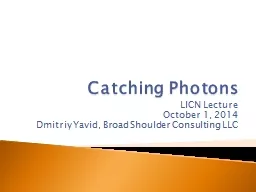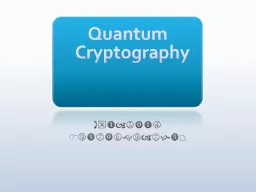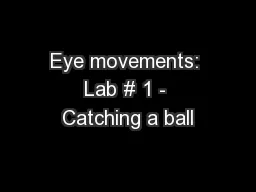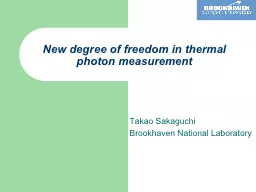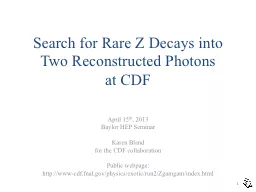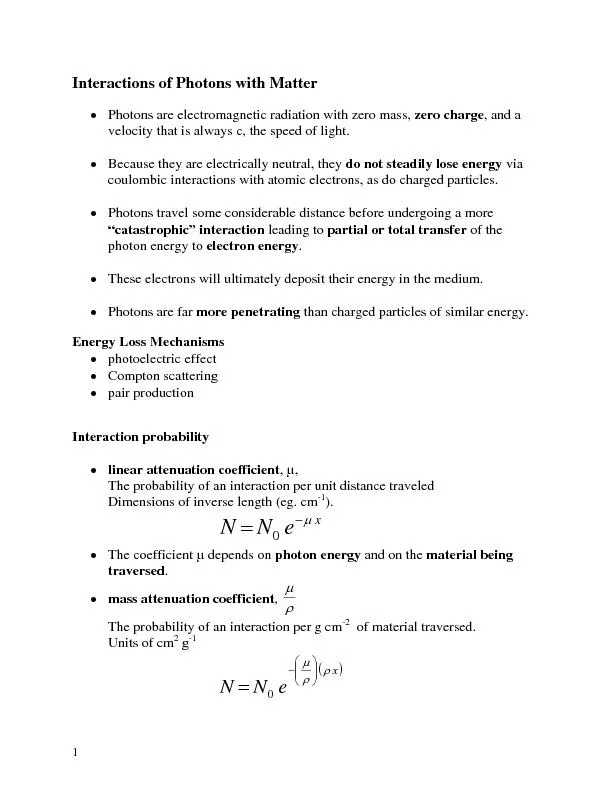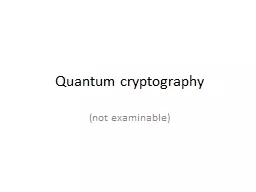PPT-Catching Photons LICN Lecture
Author : limelighthyundai | Published Date : 2020-08-26
October 1 2014 Dmitriy Yavid Broad Shoulder Consulting LLC Photo detectors have become ubiquitous amazingly good and dirt cheap Still there is an everincreasing
Presentation Embed Code
Download Presentation
Download Presentation The PPT/PDF document "Catching Photons LICN Lecture" is the property of its rightful owner. Permission is granted to download and print the materials on this website for personal, non-commercial use only, and to display it on your personal computer provided you do not modify the materials and that you retain all copyright notices contained in the materials. By downloading content from our website, you accept the terms of this agreement.
Catching Photons LICN Lecture: Transcript
Download Rules Of Document
"Catching Photons LICN Lecture"The content belongs to its owner. You may download and print it for personal use, without modification, and keep all copyright notices. By downloading, you agree to these terms.
Related Documents

